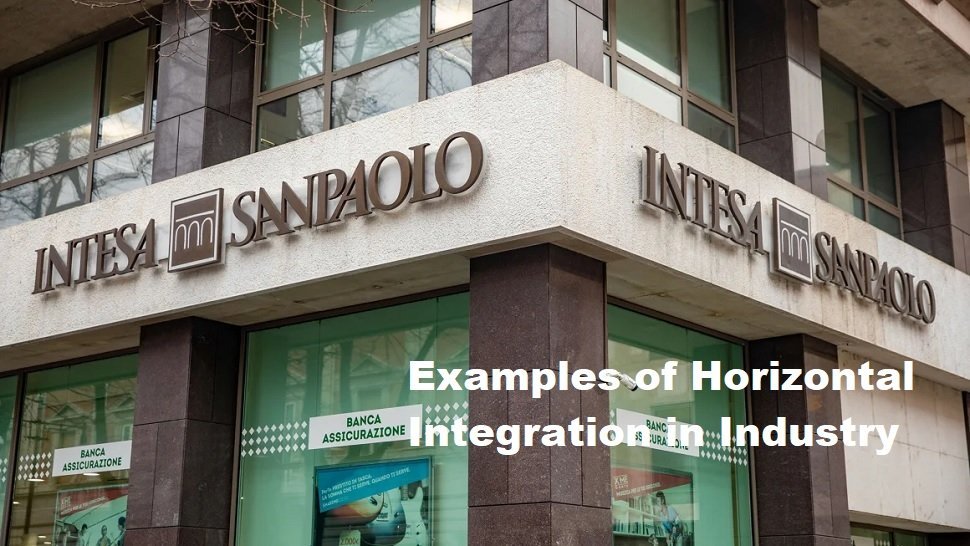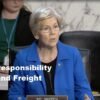The meaning of the Corporate Transparency Act (CTA) is a law aimed at increasing the transparency of company information in the United States. This law aims to prevent money laundering, terrorism financing and other financial crimes by requiring companies to report who the true owners of the company are to the relevant government authorities. The primary goal of the CTA is to strengthen corporate governance and protect the United States’ financial markets from illegal and manipulative practices. By providing information about the true owner, authorities can more easily trace the source of funds and control suspicious transactions related to financial crime. In addition, the CTA also aims to eliminate the use of limited liability companies (shell companies) as a means of covering up illegal activities.
The history of CTA ratification began in the early 2000s, when G20 countries began to formulate ways to increase transparency in the financial and corporate sectors. These efforts culminated in 2019 when the bill was introduced in the United States Congress by Senator Sheldon Whitehouse and sponsored by Senators Mark Warner, Cory Gardner and Kirsten Gillibrand. The background to the passage of this law involves a series of international financial scandals that exposed gaps in the financial supervision system and identified the role of limited liability companies in the problem. Finally, the CTA was passed in 2020 as part of the National Defense Spending Bill (National Defense Authorization Act) to eradicate illegal practices that harm the United States economy and create a healthier and more transparent business environment.
The main requirements for CTA
The main requirements of the CTA (Corporate Transparency Act) are intended to increase transparency and combat money laundering activities and the financing of terrorism. One of the main requirements is the storage of information regarding the beneficial owners of a company. Companies are required to collect and store beneficial owner data, such as identity, address and date of birth, which can then be accessed by law enforcement and relevant authorities. The second requirement in the CTA is the procedure for reporting to the relevant authorities. Companies under the jurisdiction of the CTA must report information regarding their beneficial owners to the Financial Crimes Enforcement Network (FinCEN). This information will be stored in a database that can be accessed by law enforcement and other supervisory authorities in accordance with applicable regulations. In addition, companies must also immediately report any changes in beneficial owners information within 90 days.
The impact for companies registered in the United States is significant if they do not meet the requirements of the CTA. Companies that fail to comply with these rules may be subject to high fines or administrative sanctions, such as business closure or license revocation. In addition, for company management who deliberately ignores these requirements, the punishment can range from fines to imprisonment. Therefore, it is very important for companies to understand and comply with the main requirements in the CTA to avoid the risk of negative impacts. In order to comply with CTA requirements, companies must plan and implement effective steps to identify and report beneficial owners. This step includes preparing internal guidelines, educating employees regarding existing guidelines, as well as strict monitoring of the information collected. By implementing good corporate transparency policies and complying with CTA requirements, companies can help create a safer and more responsible business climate in the United States and around the world.
Implications of CTAs for business and regulation
The implications of the CTA (Corporate Transparency Act) for business and regulation have a significant impact on preventing anonymity and money laundering. Companies will be required to report information regarding beneficial ownership to the government, thereby reducing efforts to disguise the identity of the true owner. With this information transparency, companies and individuals involved in suspicious activities will be easier to track and investigate, thereby preventing money laundering and terrorism financing. CTA also plays an important role in strengthening the international exchange of information regarding beneficial ownership. Through cooperation between countries, access to beneficial ownership data will be easier and faster to use in joint investigations. This will prevent criminals from using international borders as a way to escape legal responsibility, as well as increase the effectiveness of global monitoring of potentially suspicious financial activity.
Implementing Anti-Money Laundering (AML) and Counter-Terrorist Financing (CTF) policies is a priority for countries that want to ensure the integrity of their financial systems. CTA helps realize this goal with strict and comprehensive beneficial ownership reporting requirements. This policy will improve customer identification and verification procedures, as well as ensure that there is an effective monitoring mechanism to prevent and detect acts of money laundering and terrorist financing. Overall, CTAs have far-reaching implications for business and regulation around the world. Its important role in preventing anonymity, preventing money laundering, strengthening the international exchange of information regarding beneficial ownership, and supporting the implementation of AML and CTF policies makes it an important legal instrument in the fight against financial crime. Implementation of the CTA will help create a safer and more transparent business environment for all parties involved in global economic activities.
Challenges and future prospects
One of the main challenges in maintaining market stability and sustainability is considering stakeholder needs for data privacy and security. As the number of digital transactions increases, it is important for companies to provide adequate protection for personal data and sensitive information. This includes developing an effective security system and an accurate risk management strategy so that every stakeholder feels protected in carrying out their business activities. As part of efforts to ensure inclusive and resilient economic growth, it is critical to align domestic regulations with global standards on corporate transparency. By harmonizing regulations, companies will be in a better position to open new opportunities and market expansion. Apart from that, this will increase the confidence of foreign investors and provide opportunities for domestic companies to compete globally.
To ensure that regulations remain effective in the long term, one of the key aspects that must be considered is the discussion regarding the effectiveness of these laws. It is important for policy makers to always involve various parties, including industry, academia and civil society. In the decision-making process, input from these various groups will help policymakers identify gaps and areas of improvement that will be needed to make this law effective in responding to future challenges. When discussing future prospects, it is important to recognize that the challenges and opportunities that exist are dynamic and continue to develop. Therefore, there needs to be active involvement from all parties to ensure that existing policies and regulations can adapt to changes in the business environment. Proactive steps such as public education regarding the importance of protecting personal data, investment in research and technological innovation, and cooperation between countries will be important components to overcome challenges and achieve economic development potential in the future.












